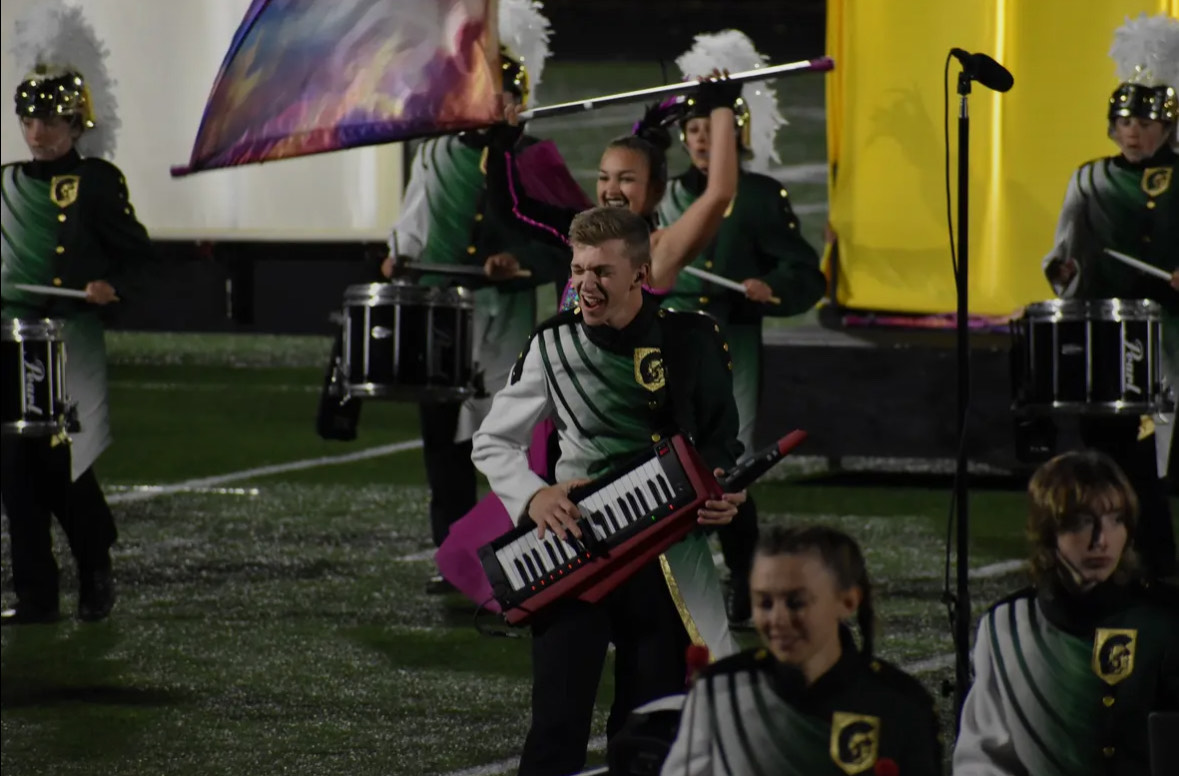
Approximately 109,600 people die from addiction of all sorts each year; that’s about 300 people’s lives taken each day. There are 51 million confirmed addicts just from this year.
According to NCDAS, nearly half of them began their addiction in their teenage and early adulthood years. Over half of the people ages twelve and older have used drugs before. Opiates, alcohol, nicotine, tobacco, etc, are all introduced at young ages: some are able to say no, but the peer pressure and the need to look “cool” influence them. Once they start, there’s a possibility that they won’t be able to stop.
There are so many “reasons” people could dabble into a possible addiction. Many people have something extremely tragic happen to either themselves, a relative, best friend, etc, like being bullied. Or perhaps it is for other reasons, such as wanting to fit into a certain group or associating with the wrong crowd. Most see it as a way to “escape reality,” but in the long run, people put their bodies through extreme stress, fear, and damage. “Substance abuse damages the prefrontal cortex of the brain, which involves impulse control and even the process of making one’s own decision,” Mrs. Leanne Roy, Health and Physical Education teacher, shared.
Roy provided some information on the effects of addiction, highlighting aspects that everyone should be aware of. She said, “Addiction is a complex chronic disease that affects the brain and behavior. It involves changes in the brain’s reward system that make it difficult to stop using a substance or engaging in an addictive behavior.”
The American Addiction Center research categorizes five stages leading to addiction. Beginning with experimentation, this is the stage where a person tries a substance either from curiosity or peer pressure. Next comes regular usage, using the substance more frequently (once or twice a week). Usually on the weekends for social use (maybe even popularity). Then comes stage three, risky, daily use (often called abusing the substance), every day use, very frequent, and can also become reckless depending on how the body handles it. Despite the negative consequences, they still do it. Stage four, abuse, taking higher dosages and using it in dangerous situations (driving under the influence), doing it in school, etc. After abuse comes tolerance and dependence. The brain and body become adapted to the substance, making it so the victim won’t feel any effect. Making them want more of the substance to feel something. This is when the brain becomes reliant on the substance to function normally. Withdrawal symptoms could appear by this stage, some including tremors, anxiety, and nausea.
Finally, addiction. A compulsive need for the substance, even though the harm it’s doing to the body is known, the body still “needs” it to function normally. A person’s mood, hormones, and personality can switch. Even appearance will change, skin will age quickly, teeth can erode or become fragile/soft, and much worse. Fortunately, 75% of addicts do recover. NPR had found out a few years ago through research. On the other hand, that 25% does not. That’s when relapse becomes a huge part of the recovery process.
“The brain’s reward system releases dopamine, a neurotransmitter that plays a role in pleasure and motivation. When addictive substances are used, they flood the reward system with dopamine, creating intense feelings of euphoria and reinforcement. Over time, the brain becomes more sensitive to the effects of the substance, requiring higher doses to achieve the same level of reward,” said Roy.
Relapse is when a person tries to stop, but ends up doing it again-leading the addiction to worsen and possibly fall deeper under its “spell.”
Although there are ways to get help, treatment programs are the number one option. Rehab is another option, therapy may even help some people, and even jail time. Depending on the situation, some can be less serious, like going on walks, being with family, eating certain foods, etc.
Along with five steps to addiction, there are mainly five steps to recovery, claims Recovery at the Crossroads. Beginning with precontemplation, which is the lack of awareness, often in denial, with the popular phrase “I can stop whenever I want, I just don’t want to.” Then there’s contemplation. Actually realizing the addiction and considering getting the help they need. After that, there is preparation. It takes a lot to accept the fact that they may need help. So, generally, this is where they prepare to reach out for help. By then, there’s action. Going to rehab, therapy, quitting cold turkey, etc. Eventually, the hardest part of recovery happens. Maintenance, AKA keeping up with being sober, not involving themself in bad habits, staying away from substances, and being careful with what crowd they surround themselves with.
The type of drug being sold is never 100% that product. The drink being drunk, the liquid in the syringe, the powder in the plastic baggie, could be a mixture of other substances. Being labeled as the main attraction. There could be fentanyl, meth, ketamine, etc, which the body may not be able to handle. Especially with alcohol or on an empty stomach. It could just be any other usage, but it’s unknown when it could be the last. Narcan- a drug used to reverse overdoses- can only work so much.
Not every addict makes it to the last stage of recovery. Research consistently shows that individuals with a substance disorder are at higher risk of suicide than the general population. At least 25% of alcoholics and drug addicts commit suicide each year. 70% of suicides have drugs and alcohol involved. Drug addiction and alcoholism are the leading risk factors for suicide, according to studies done by PubMed.
If there’s a known addict, watch out for overdose symptoms. These include clammy and cold skin, cyanosis, pinpoint pupils, slowed respiration, and unconsciousness. In a serious situation, put the person in the recovery position- placing the person’s body on their sides with their knees bent and resting their head on their arm closest to the floor- to allow fluids to drain from their mouth and nose. While also reducing the risk of aspiration and asphyxiation. A visual, along with these steps, is listed on NCDAS.
Addiction is a disease, but with more awareness and support, maybe more people can consider getting help, or never begin them at all.














